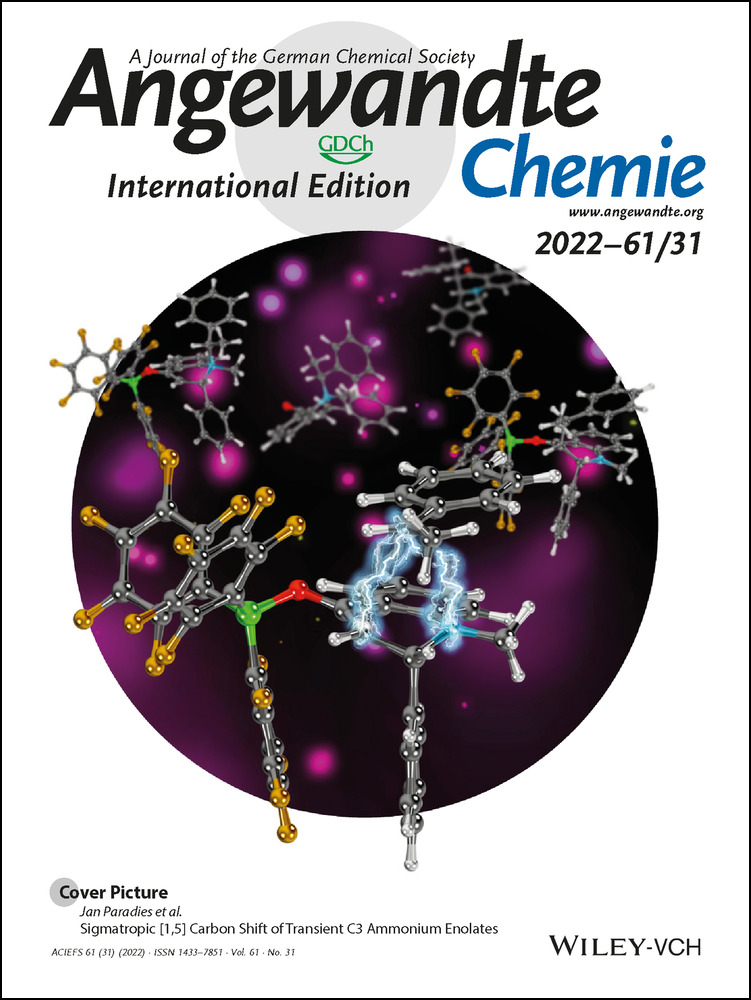Inside Cover: Porous Organic Salts: Diversifying Void Structures and Environments (Angew. Chem. Int. Ed. 31/2022)
Graphical Abstract
Porous organic salts (POSs) are porous organic materials, in which various aromatic sulfonic acids and amines are regularly self-assembled by charge-assisted hydrogen bonding. Norimitsu Tohnai and co-workers demonstrate in their Research Article (e202202597) the advantages of diverse porous organic salts, such as all-organic, extremely facile preparation methods, diverse void structures and environments, and excellent CO2 adsorption properties.





